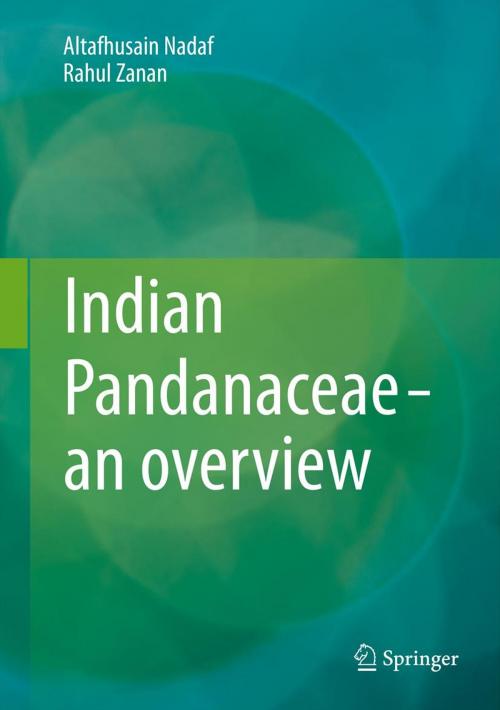Indian Pandanaceae - an overview
Nonfiction, Science & Nature, Science, Biological Sciences, Ecology, Nature, Environment, Environmental Conservation & Protection| Author: | Altafhusain Nadaf, Rahul Zanan | ISBN: | 9788132207535 |
| Publisher: | Springer India | Publication: | February 17, 2013 |
| Imprint: | Springer | Language: | English |
| Author: | Altafhusain Nadaf, Rahul Zanan |
| ISBN: | 9788132207535 |
| Publisher: | Springer India |
| Publication: | February 17, 2013 |
| Imprint: | Springer |
| Language: | English |
Indian screw pine family Pandanaceae represents three genera, in which genus Pandanus and Benstonea are distributed in two hotspots in India – the Western Ghats and the Northeast Himalayan region. For the first time, Indian Pandanaceae has been assessed for its taxonomic status and phylogenetic relationship. The extensive survey by the authors led to the discovery of three new Pandanus species (two from the Western Ghats and one from the Northeast Himalaya). The present taxonomic revision confirmed total number of Pandanus species to 14 that are distributed in the Southern India (9 species) and Northeast Himalayan region (5 species). Genus Benstonea is represented by two species, one from Southern India and another species common to both regions. A detailed species identification key is given along with conservation status of each species following IUCN Red List Categories and Criteria (2001). The study revealed that, out of 16 Pandanus and Benstonea species, six species are under threatened categories.
In recent years, a chloroplast DNA-based molecular phylogenetic approach has been followed to understand the evolutionary relationship among the plant species. The interrelationship among the 14 Pandanus species at infrageneric level has been worked out using this approach, which has led to the rearrangement of some species to the subgenera proposed by Stone (1974). Moreover, the close relationship between Pandanus and Benstonea has been confirmed and the interrelationship of Indian Pandanus genus in global context is given. This book also describes the economic importance of each Pandanus species.
Indian screw pine family Pandanaceae represents three genera, in which genus Pandanus and Benstonea are distributed in two hotspots in India – the Western Ghats and the Northeast Himalayan region. For the first time, Indian Pandanaceae has been assessed for its taxonomic status and phylogenetic relationship. The extensive survey by the authors led to the discovery of three new Pandanus species (two from the Western Ghats and one from the Northeast Himalaya). The present taxonomic revision confirmed total number of Pandanus species to 14 that are distributed in the Southern India (9 species) and Northeast Himalayan region (5 species). Genus Benstonea is represented by two species, one from Southern India and another species common to both regions. A detailed species identification key is given along with conservation status of each species following IUCN Red List Categories and Criteria (2001). The study revealed that, out of 16 Pandanus and Benstonea species, six species are under threatened categories.
In recent years, a chloroplast DNA-based molecular phylogenetic approach has been followed to understand the evolutionary relationship among the plant species. The interrelationship among the 14 Pandanus species at infrageneric level has been worked out using this approach, which has led to the rearrangement of some species to the subgenera proposed by Stone (1974). Moreover, the close relationship between Pandanus and Benstonea has been confirmed and the interrelationship of Indian Pandanus genus in global context is given. This book also describes the economic importance of each Pandanus species.















